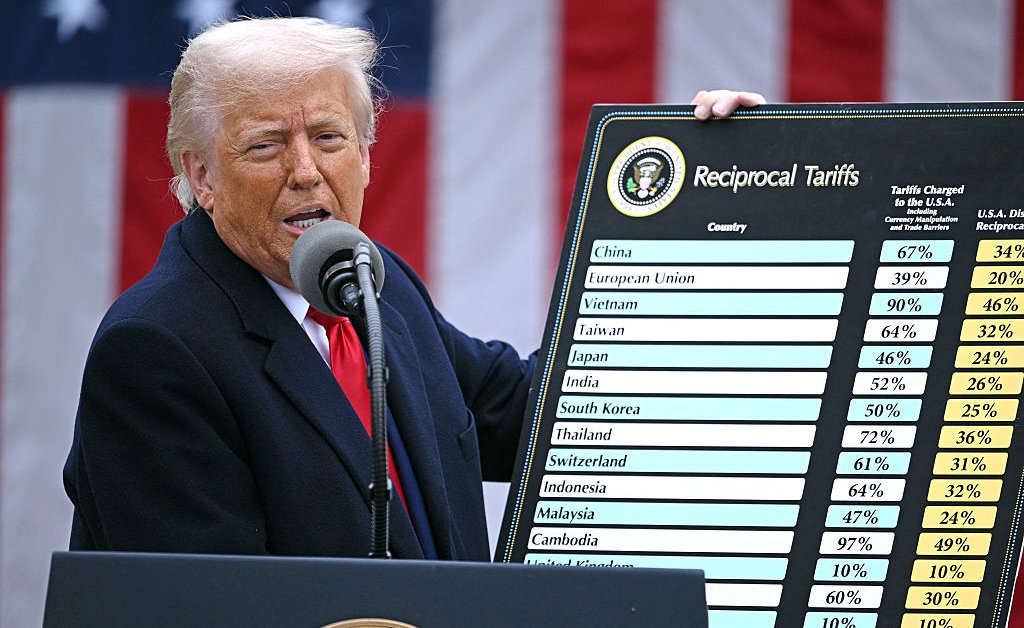Clean Energy: Trump Tariff Impacts – A Retrospective Analysis
The Trump administration's imposition of tariffs on imported solar panels and washing machines in 2018 sent shockwaves through the clean energy sector. While intended to protect domestic manufacturers, the long-term consequences proved complex and multifaceted, impacting not only American businesses but also the global transition to renewable energy. This article delves into the lasting effects of these tariffs, examining both the intended and unintended outcomes.
The Rationale Behind the Tariffs
The stated goal of the tariffs was to safeguard American solar panel and washing machine manufacturers from what the administration deemed unfair competition from China. The argument was that cheap imports were flooding the market, undercutting domestic producers, and hindering their ability to compete and innovate. This protectionist approach aimed to stimulate domestic manufacturing, create jobs, and strengthen national security by reducing reliance on foreign suppliers.
The "National Security" Argument
A key component of the justification was the claim that reliance on foreign solar panel suppliers posed a national security risk. This argument, while debated, highlighted concerns about supply chain vulnerabilities and the potential for disruption in a critical sector.
Immediate Impacts: Winners and Losers
The immediate impact of the tariffs was a sharp increase in the price of solar panels. This affected both residential and large-scale solar projects, slowing down the rate of solar energy adoption in the United States. While domestic manufacturers initially benefited from increased demand, the higher prices ultimately hurt consumers and the broader clean energy transition.
Winners:
- Domestic Solar Panel Manufacturers: Companies like First Solar experienced a temporary boost in sales and market share.
- Certain Labor Unions: Some unions representing workers in the domestic solar manufacturing sector saw increased employment opportunities.
Losers:
- Solar Energy Developers: The increased cost of panels made projects less economically viable, leading to project delays and cancellations.
- Consumers: Higher prices for solar panels meant increased costs for homeowners and businesses interested in installing solar systems.
- The Clean Energy Transition: The overall pace of renewable energy adoption slowed due to increased costs.
- Global Cooperation on Climate Change: The tariffs were criticized internationally for undermining global efforts to combat climate change through a collaborative approach to renewable energy development.
Long-Term Consequences: Unintended Effects
The long-term effects of the tariffs extended beyond the immediate price increases. They included:
Stifled Innovation:
The tariffs may have inadvertently stifled innovation within the American solar industry. With less competition, domestic manufacturers had less incentive to invest in research and development to improve efficiency and lower costs.
Dependence on Domestic Supply Chains:
While aiming to reduce reliance on foreign suppliers, the tariffs potentially increased the dependence on a smaller pool of domestic manufacturers. This raises concerns about supply chain vulnerabilities in the future.
Trade Retaliation:
The tariffs prompted retaliatory measures from other countries, impacting American exports and creating trade tensions.
Lessons Learned: Policy Implications
The Trump-era tariffs on solar panels serve as a valuable case study in the complexities of trade policy and its impact on the clean energy sector. The experience underscores the importance of considering the broader economic and environmental consequences of protectionist measures. A balanced approach that fosters both domestic manufacturing and international cooperation is crucial for accelerating the global transition to clean energy.
Future Policy Recommendations:
- Investing in domestic R&D: Government support for research and development in clean energy technologies is crucial to fostering innovation and competitiveness.
- Strategic partnerships: Collaboration with other countries on clean energy technologies can lead to greater efficiency and cost reductions.
- Targeted support for domestic manufacturers: Providing targeted support, such as tax incentives or grants, can help domestic manufacturers compete without resorting to broad tariffs.
- Considering the entire lifecycle: Policies should consider the entire lifecycle of clean energy technologies, including manufacturing, installation, operation, and disposal.
The clean energy transition requires a comprehensive and nuanced approach. While supporting domestic industries is important, protectionist measures that stifle competition and increase costs can ultimately hinder progress towards a sustainable energy future. The legacy of the Trump tariffs serves as a cautionary tale, highlighting the need for carefully considered and balanced policy decisions.
